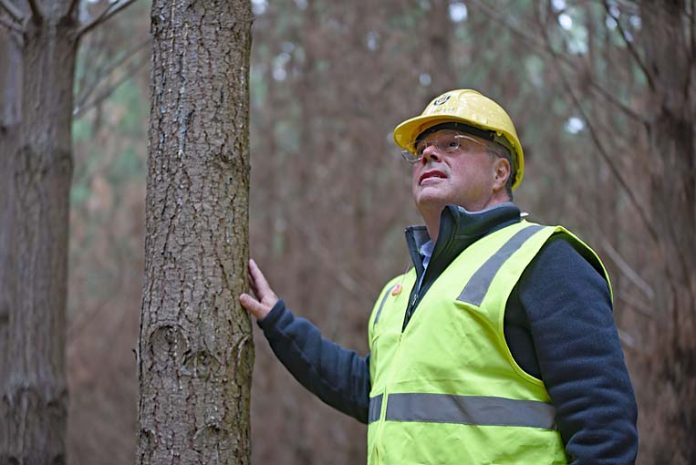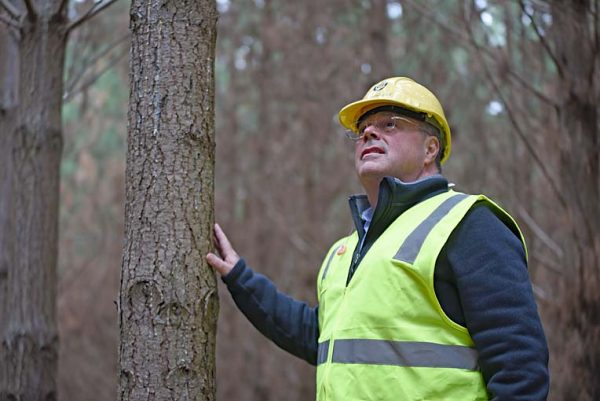

A REGIONAL civic leader has called for regional forestry water licensing to be reviewed amid concerns the regulation is strangling plantation growth.
With concerns rising over long-term log security for regional processors and the lack of major plantation growth, Grant District Mayor Richard Sage said the science behind the State Government water licensing policy needed to be revisited.
The Limestone Coast and South Africa are the only two geographical locations in the world that have introduced water licensing for plantation forestry.
THE controversial forestry water licensing framework was swept in 2011 for softwood and hardwood estate expansion following years of debate between the region’s irrigation and forestry sectors.
Mr Sage’s comments come as the world leading research into the issue is about to get under way at the University of South Australia Mount Gambier campus.
Raising the issue at recent council meetings, Mr Sage said the forestry industry needed to expand given its importance to the region’s economy.
The council leader said it was crucial to have a fresh probe into the current water regulations to ensure the “science stakes up”.
“We really need to find out if it does,” Mr Sage said.
He said the region’s largest plantation owner OneFortyOne was scheduled to speak at a council meeting this Monday to give the elected members an update over the industry.
“We are hoping that OFO can give us an overview about where they have come from and their future,” Mr Sage said.
He said it was also an opportunity to canvass the “impediments” for future growth of the industry.
“One of those impediments is definitely water licences – we have got to get some fact and fiction sorted out,” Mr Sage said.
“We need to look at the water use by the trees – we need to get the science around it and go back to the allocations.
“When you think how far the industry has come in the past 100 years and where we need to take it to in the future, we need to consider carbon credits and water use to grow jobs in the future.”
University of South Australia Mount Gambier forestry research general manager Dr Jim O’Hehir said important new research would get under way regarding plantation water use following state//federal government and industry funding.
\
“The project is about the science of tree water use so we can develop a better understanding,” Dr O’Hehir said.
The project will see the first major field work into plantation water use since the introduction of forestry water licences.
“It will be undertaken with a forestry perception. It is only here and in South Africa in the world that forestry has water licences,” he said.
The project is likely take up to three years to complete, which would led by UniSA researchers.
Dr O’Hehir said new research tools – such as satellite technology – would be used for the innovative project.
He said this was likely to deliver high precision data compared with 10 years ago.
Dr O’Hehir said new technology would be used to attempt to estimate forestry water use at “finer scales”.
“One of the issues with licensing plantations is that we do not actually know what trees are using,” the leading scientist said.
“So the issue is whether some of these new technologies can help forestry managers manage the forests precisely instead of taking a broad-scale view.”
He said there was no agreed method at this time to measure water use.







